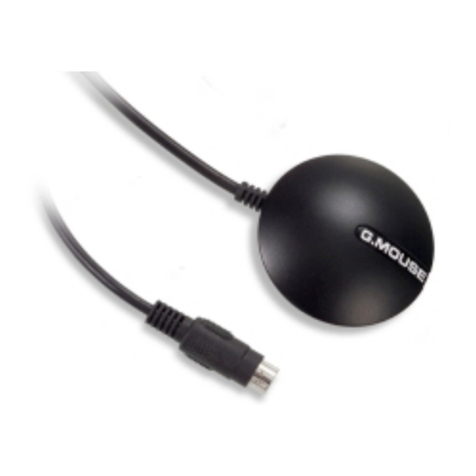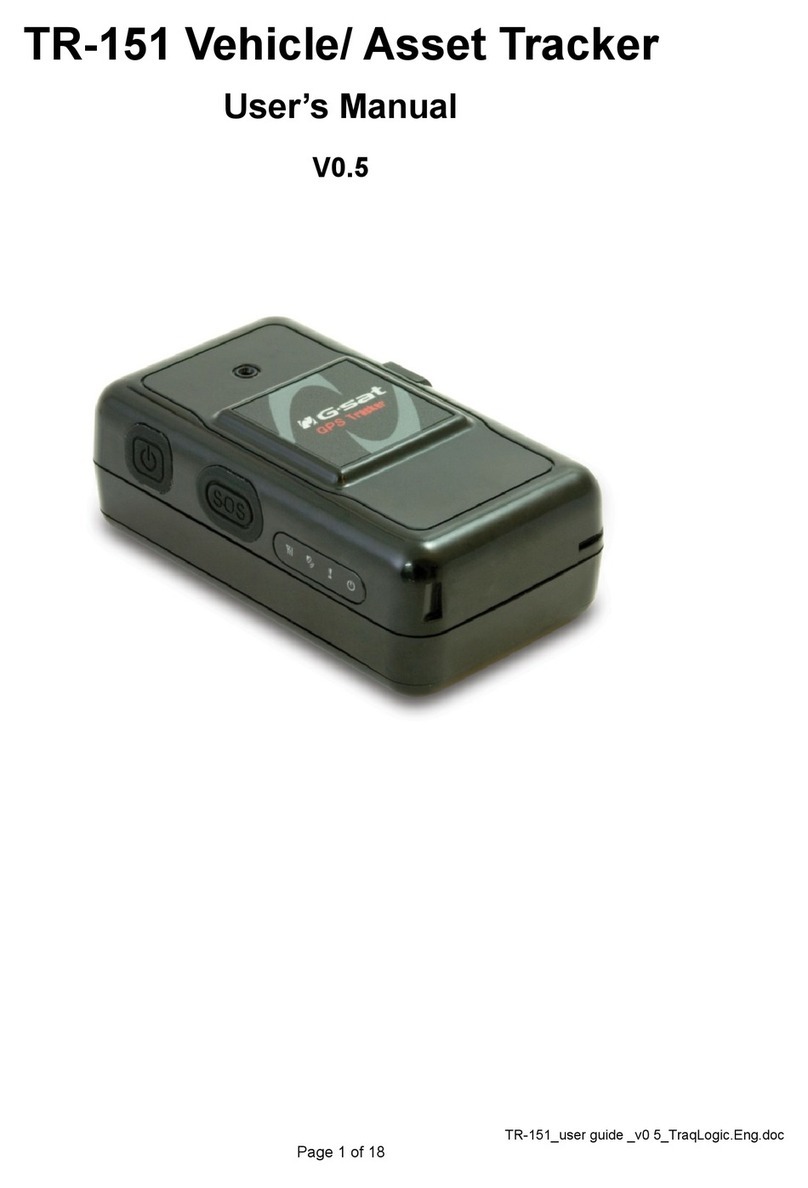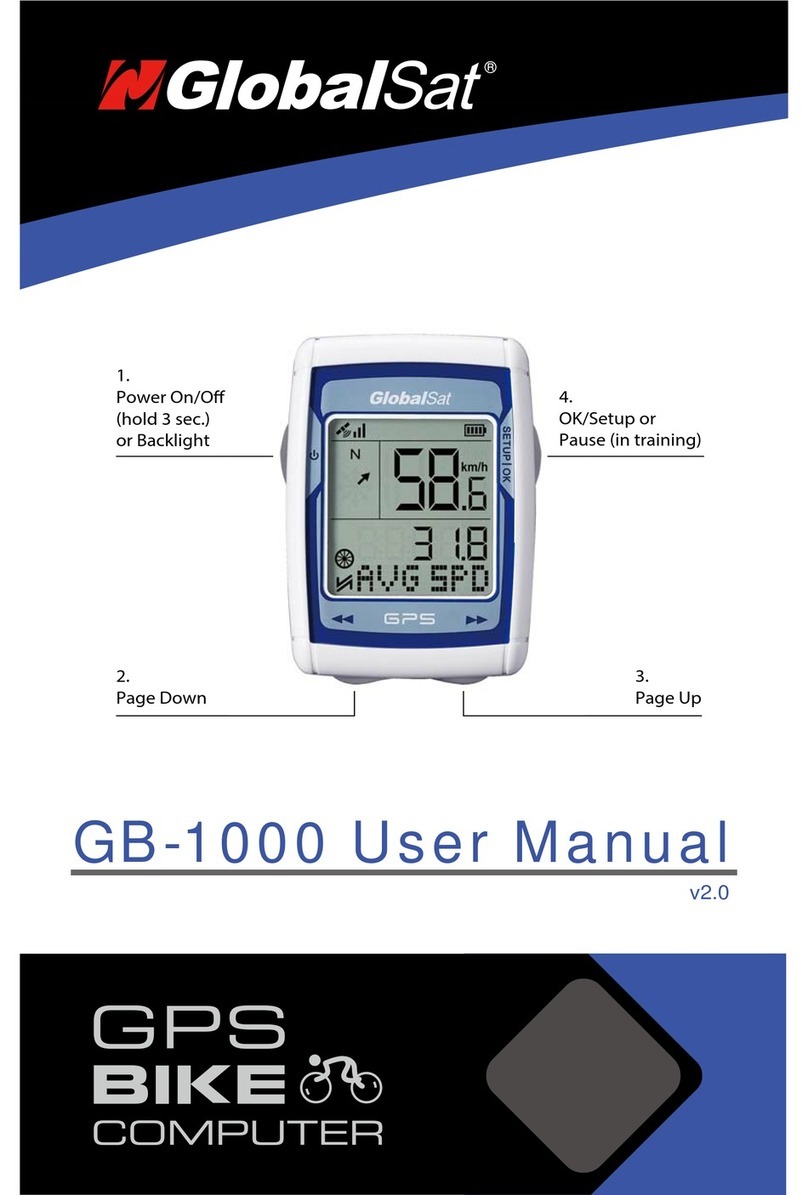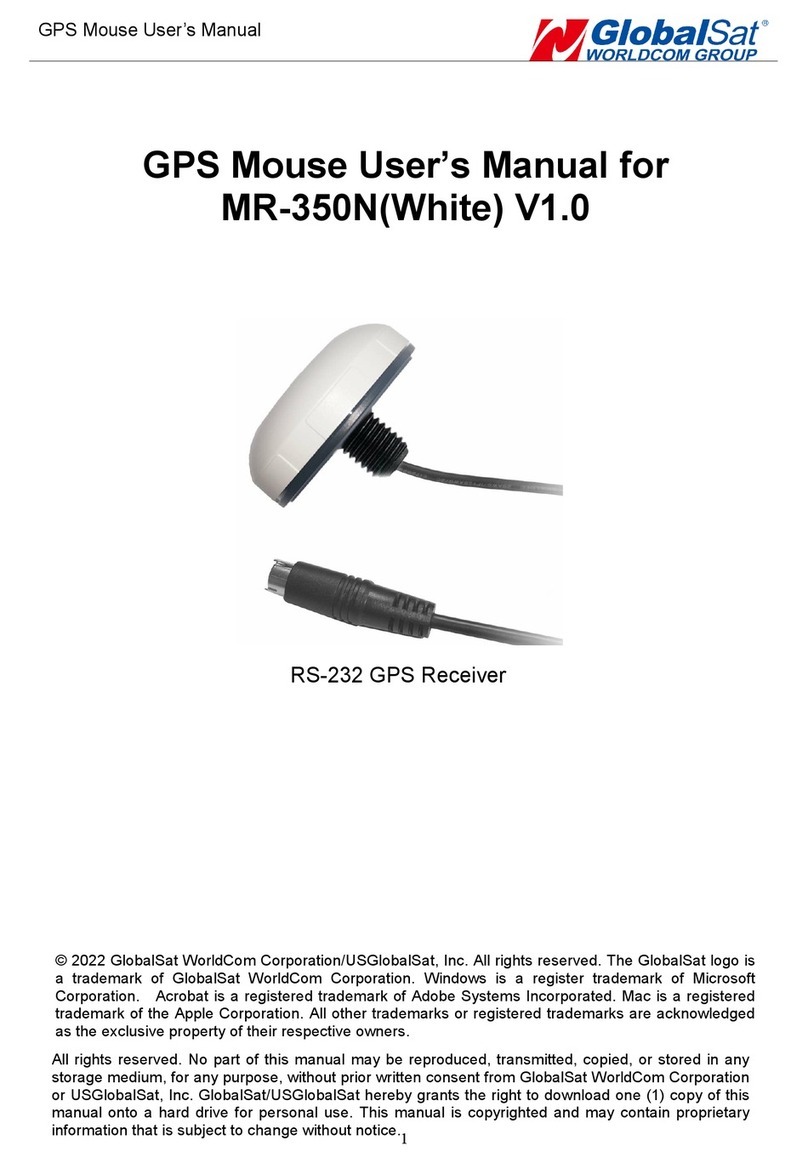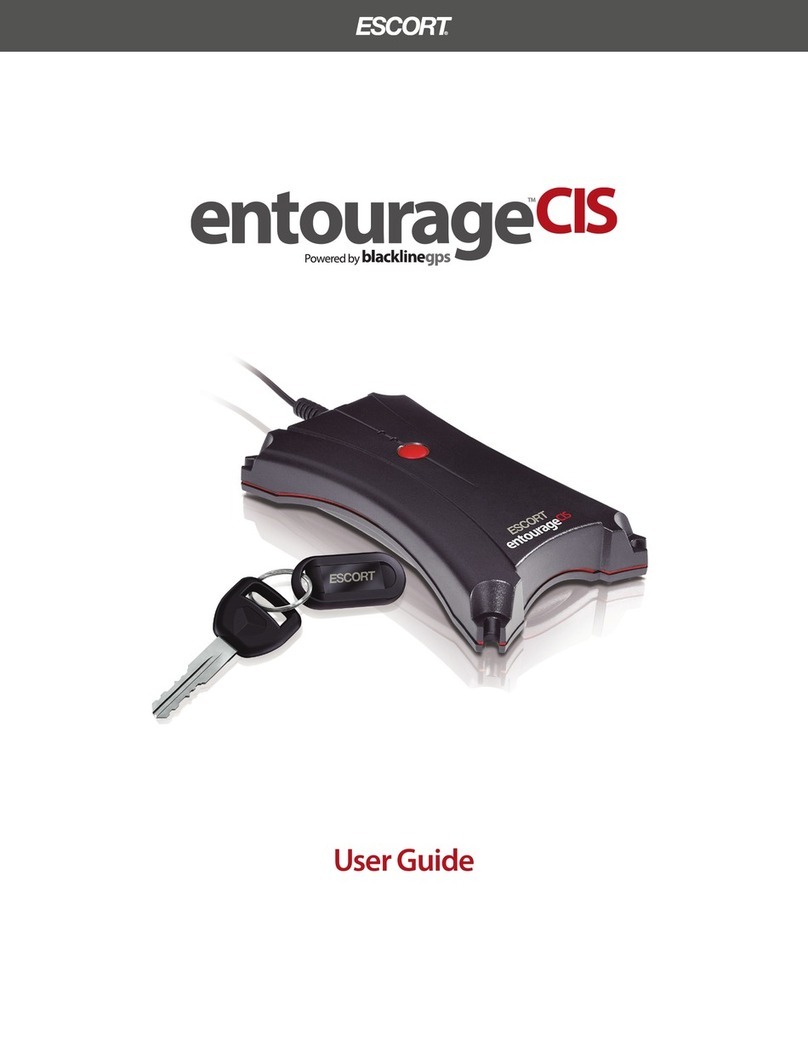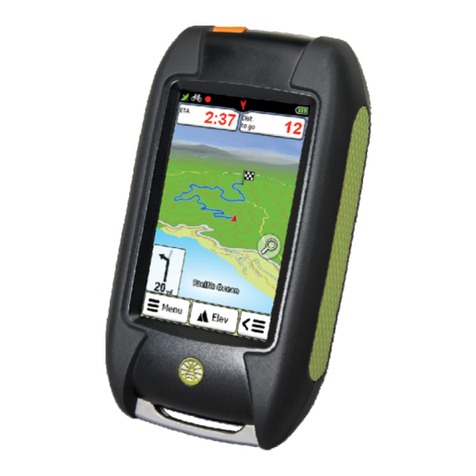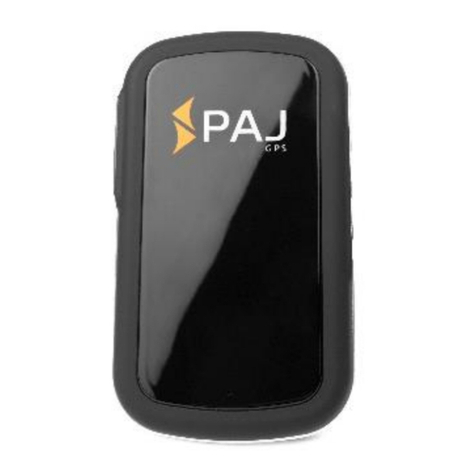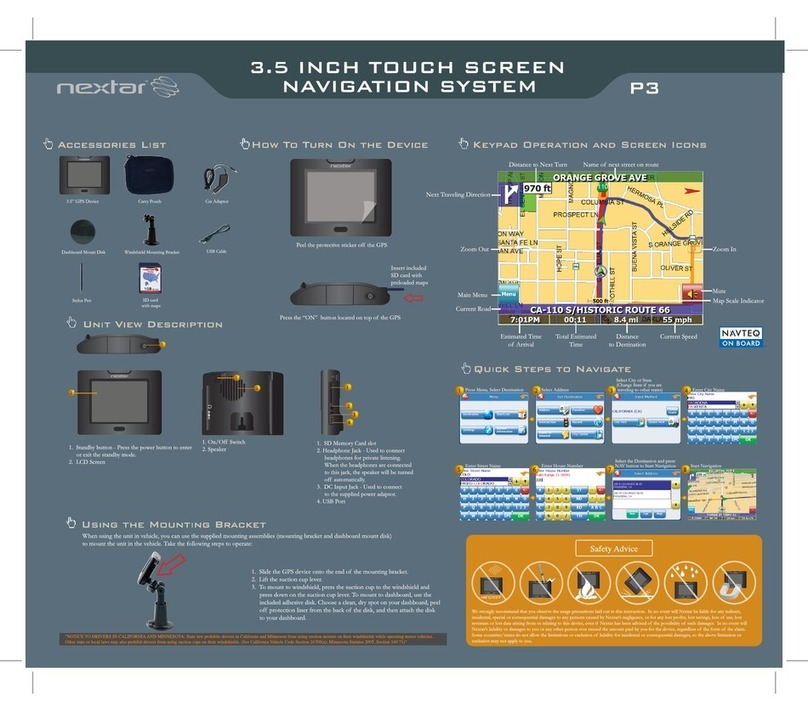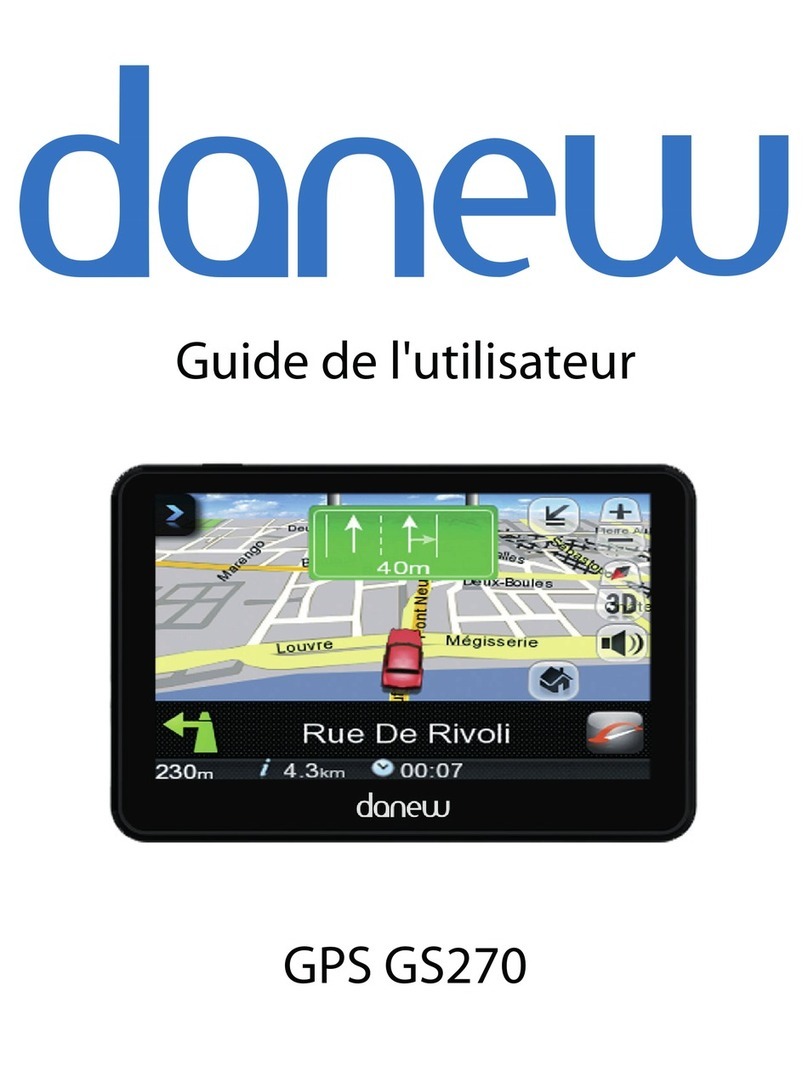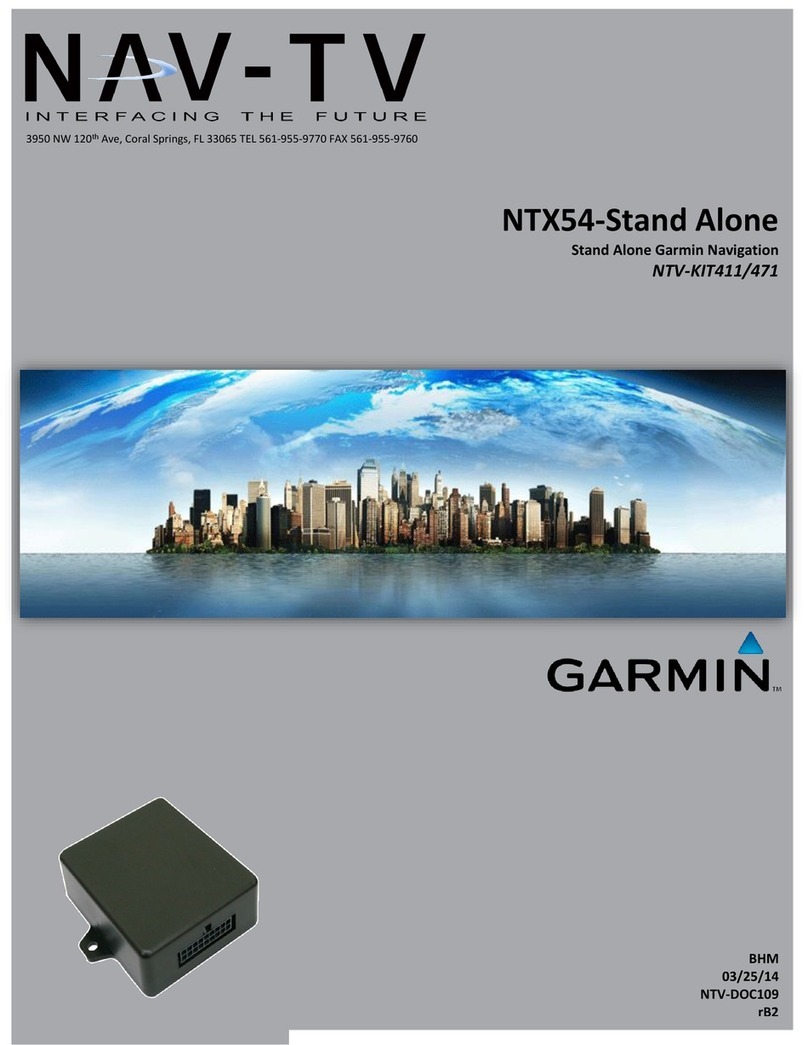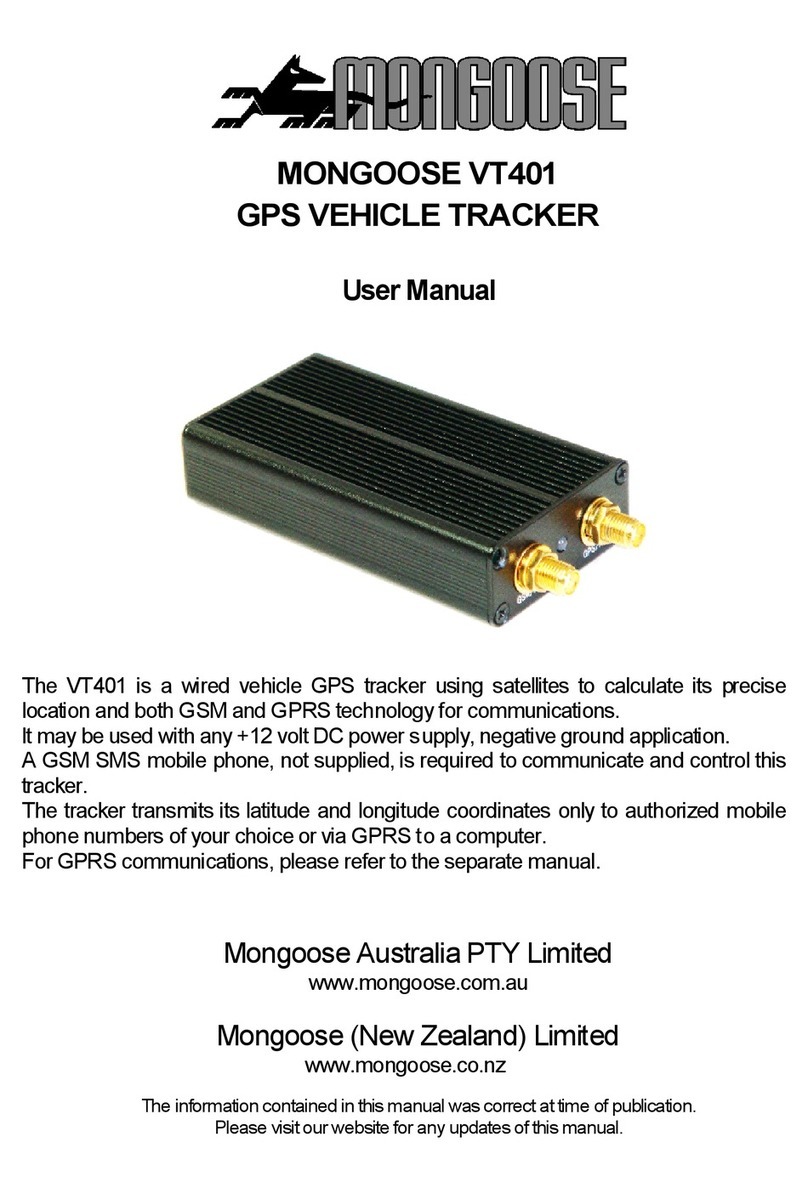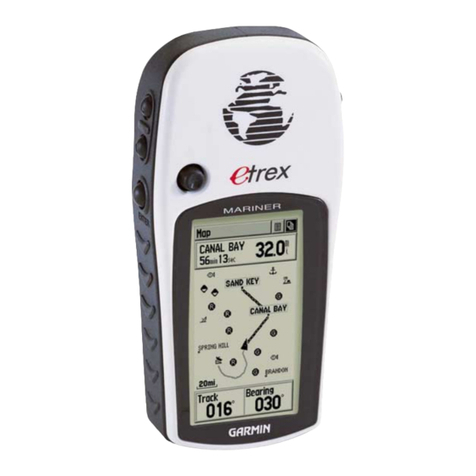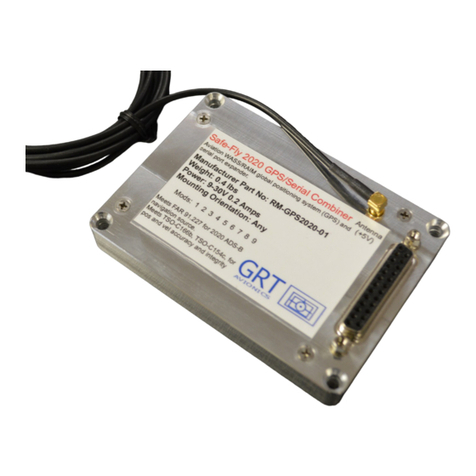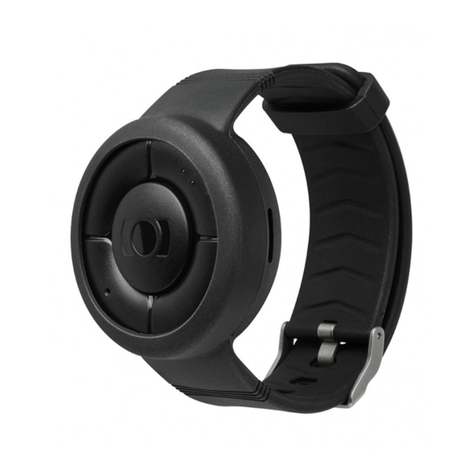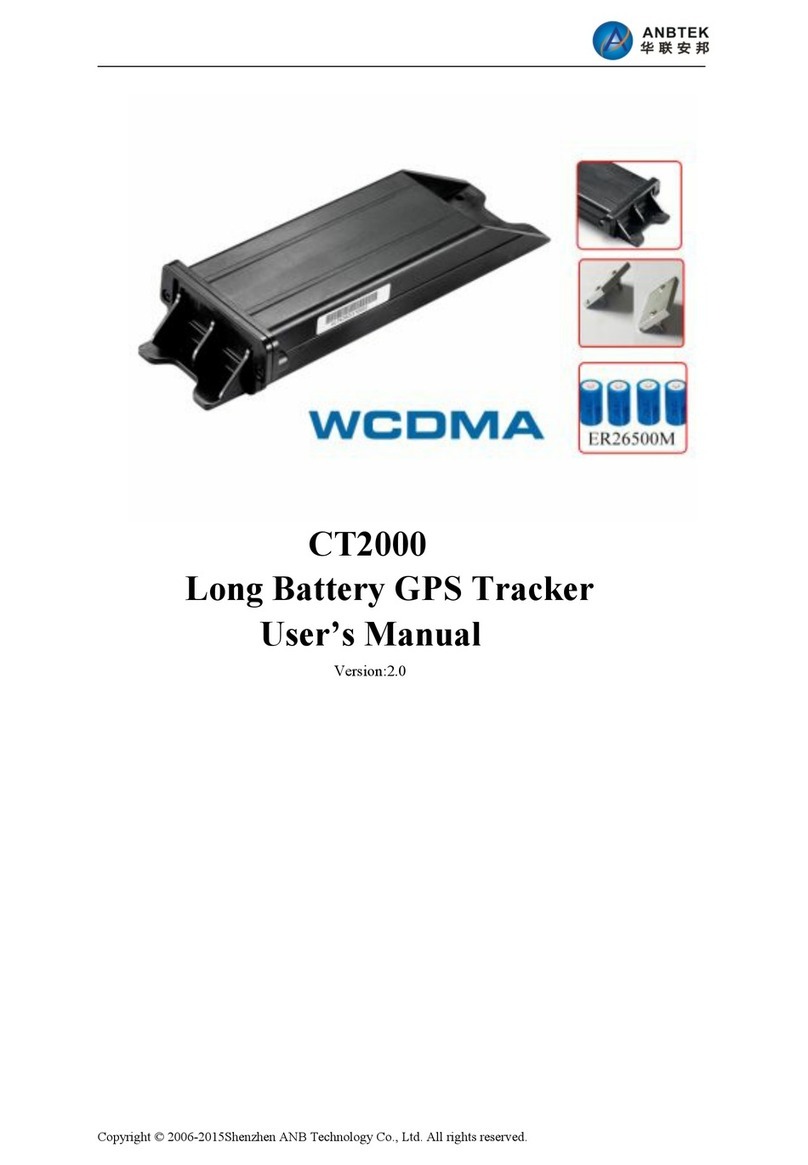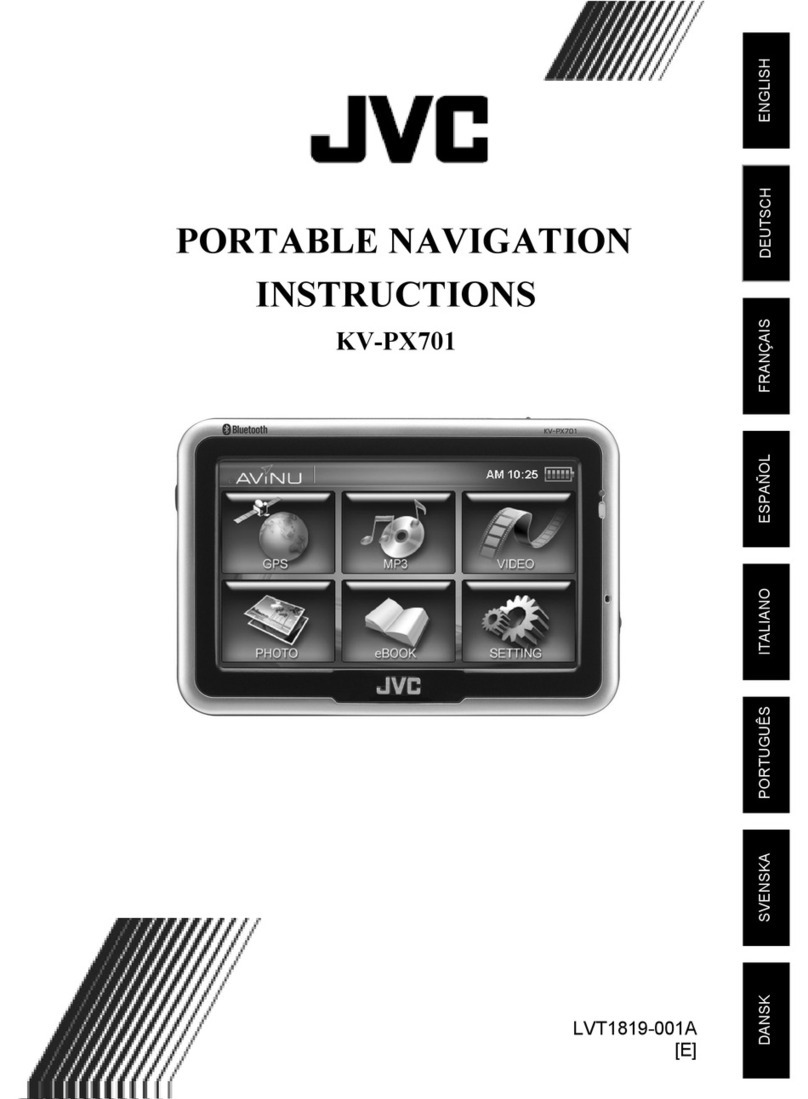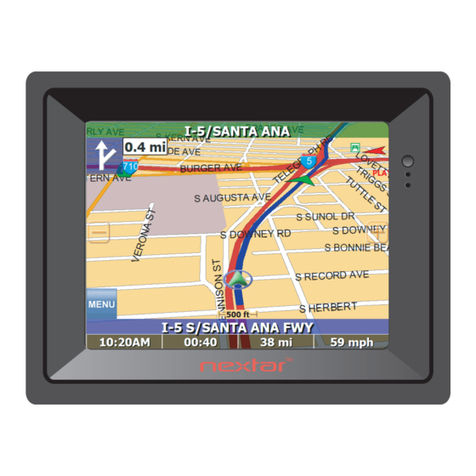Global Sat ET-212 Operational manual

















Other manuals for ET-212
1
Other Global Sat GPS manuals
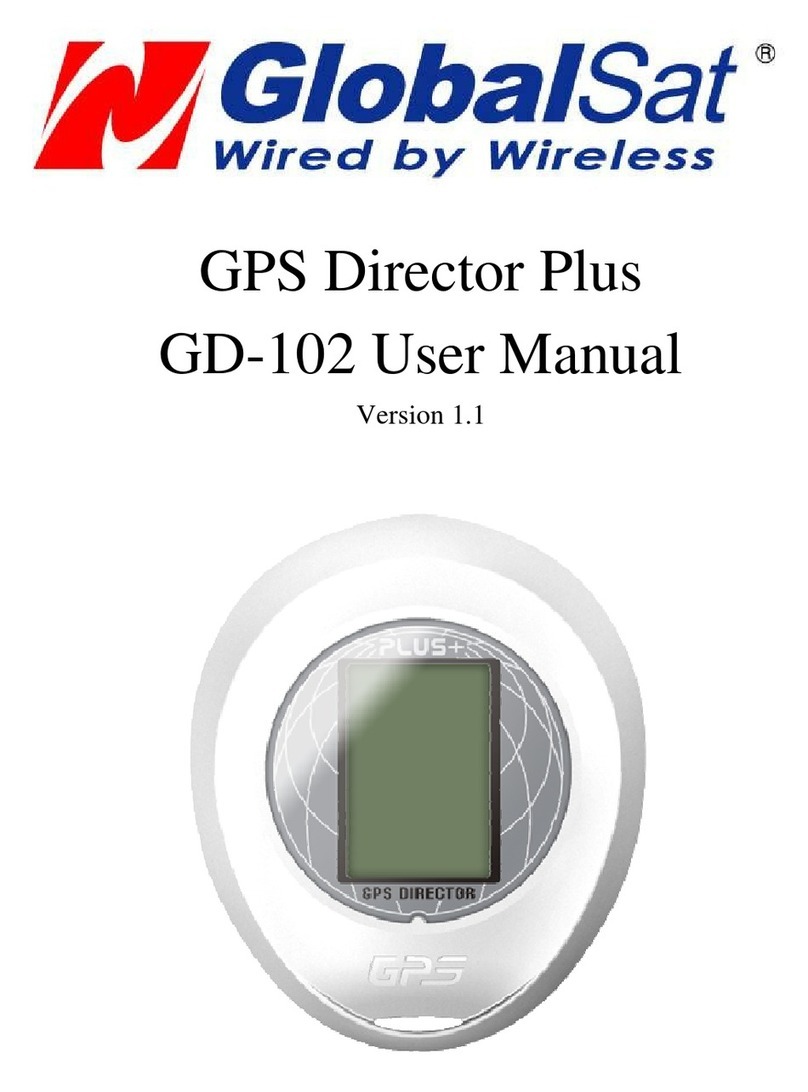
Global Sat
Global Sat GD-102 User manual

Global Sat
Global Sat TR-313 User manual
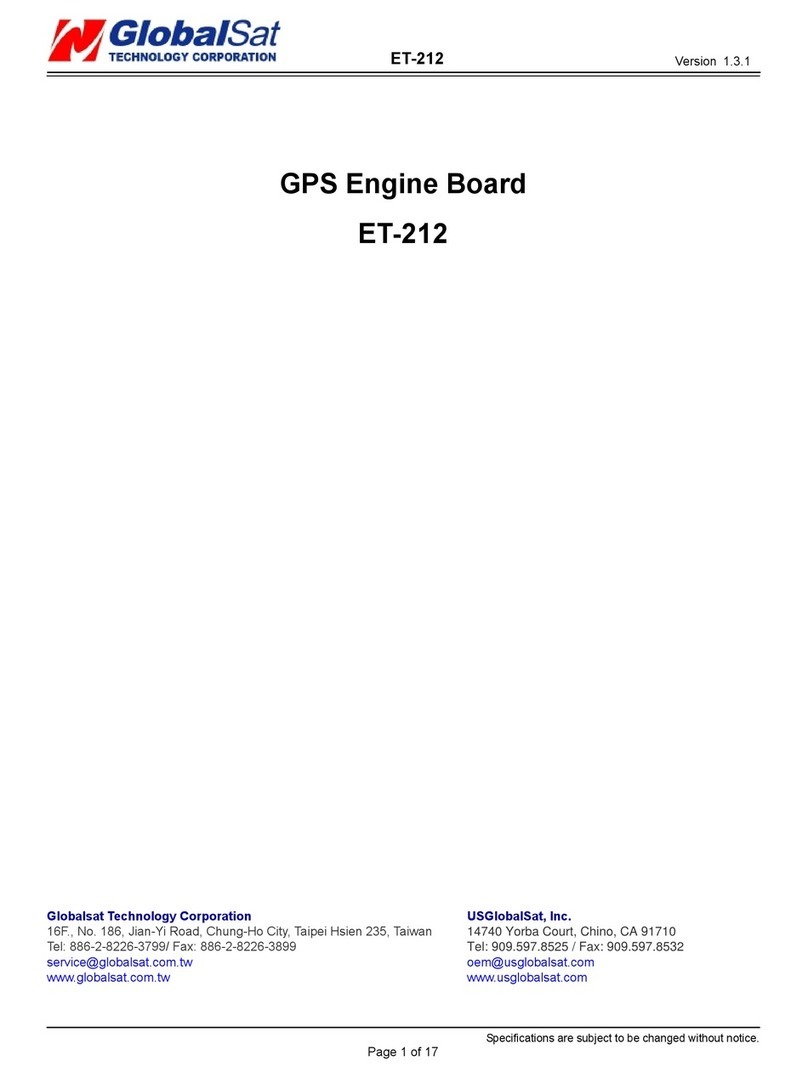
Global Sat
Global Sat ET-212 User manual

Global Sat
Global Sat ND-100S User manual

Global Sat
Global Sat TR-300V User manual
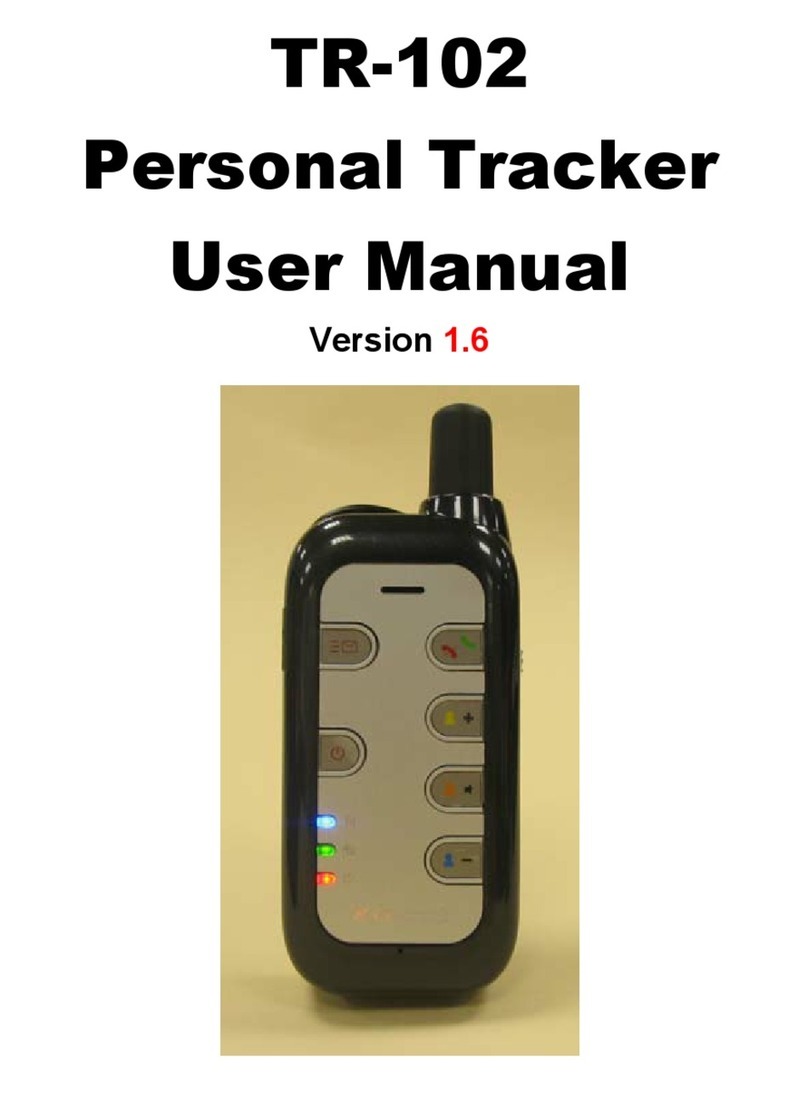
Global Sat
Global Sat TR-102 User manual
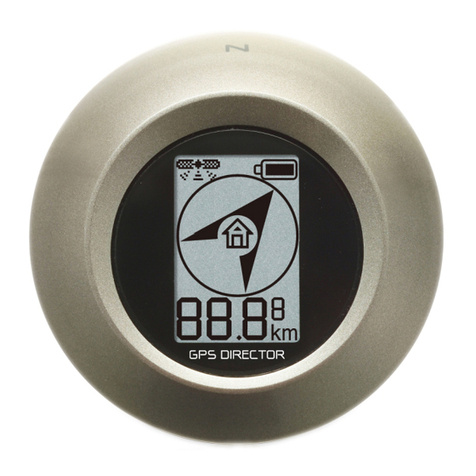
Global Sat
Global Sat GD-101 User manual

Global Sat
Global Sat BT-338 User manual
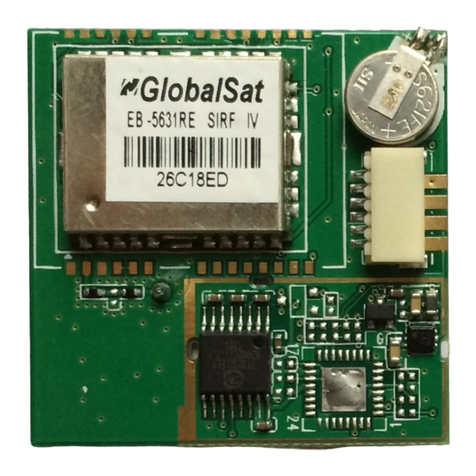
Global Sat
Global Sat EB-5631RE User manual
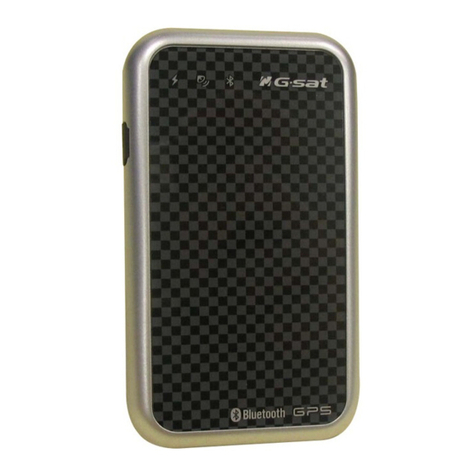
Global Sat
Global Sat BT-368i User manual
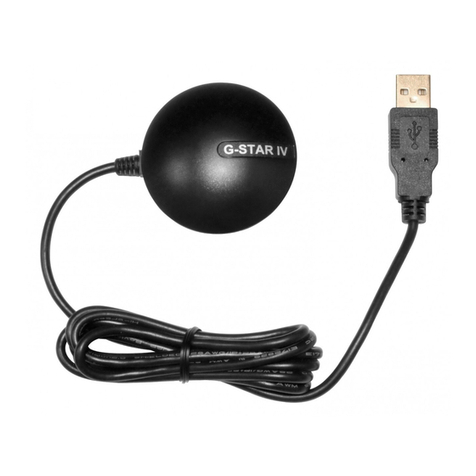
Global Sat
Global Sat BU-353S4 User manual

Global Sat
Global Sat BT-318 User manual
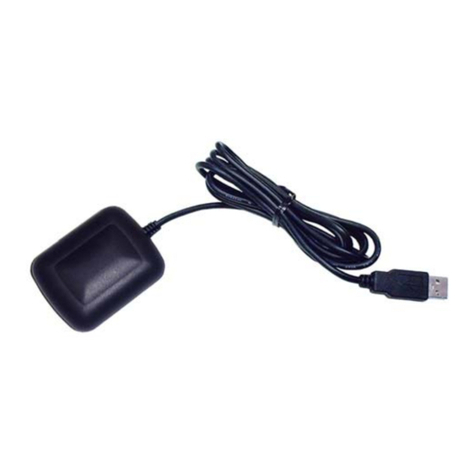
Global Sat
Global Sat BU-303 User manual
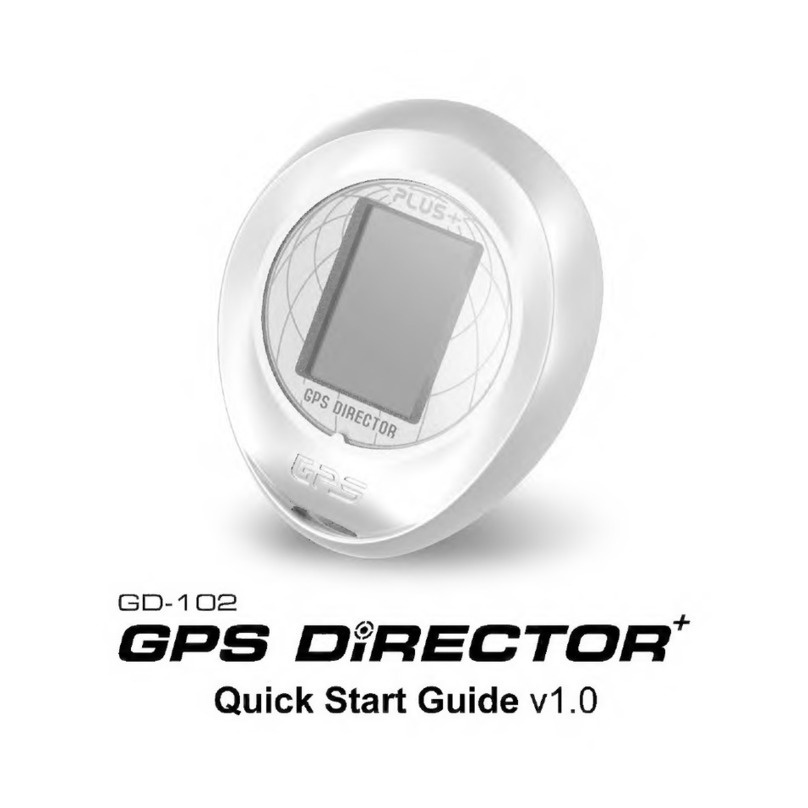
Global Sat
Global Sat GD-102 User manual
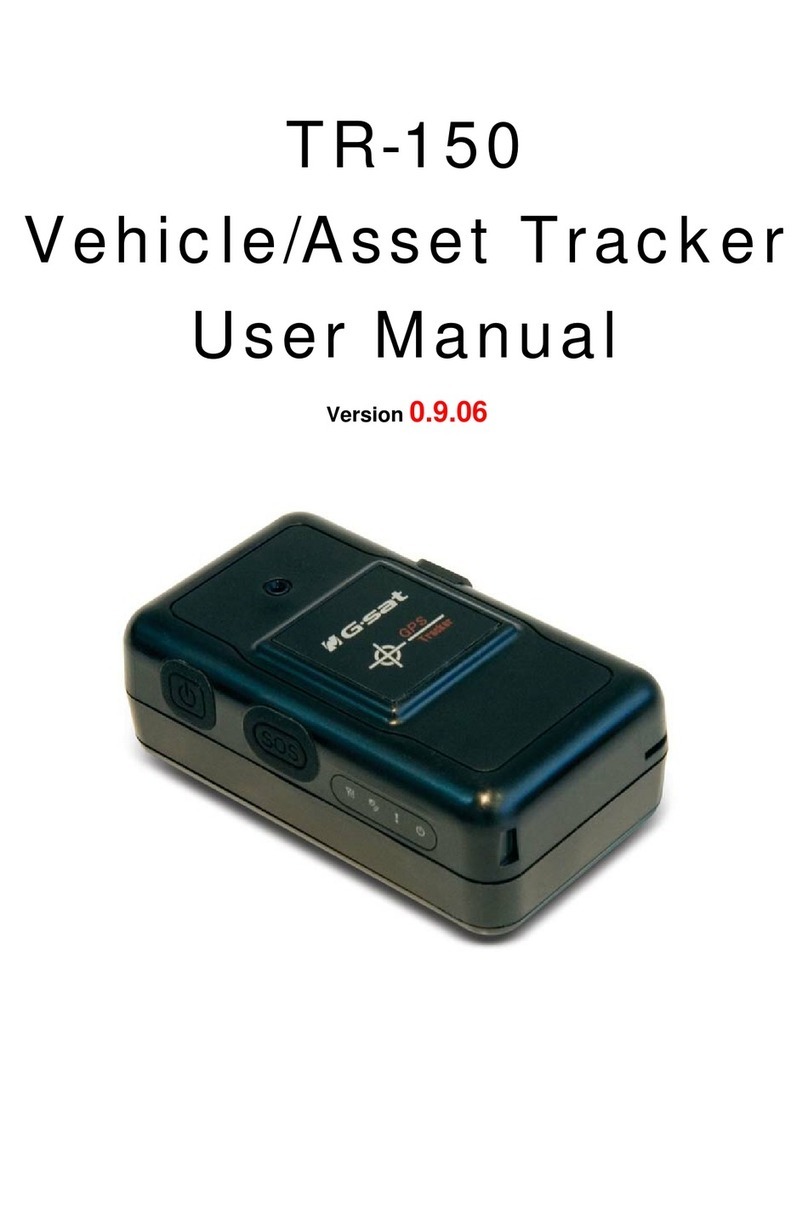
Global Sat
Global Sat TR-150 User manual

Global Sat
Global Sat ET-112 User manual
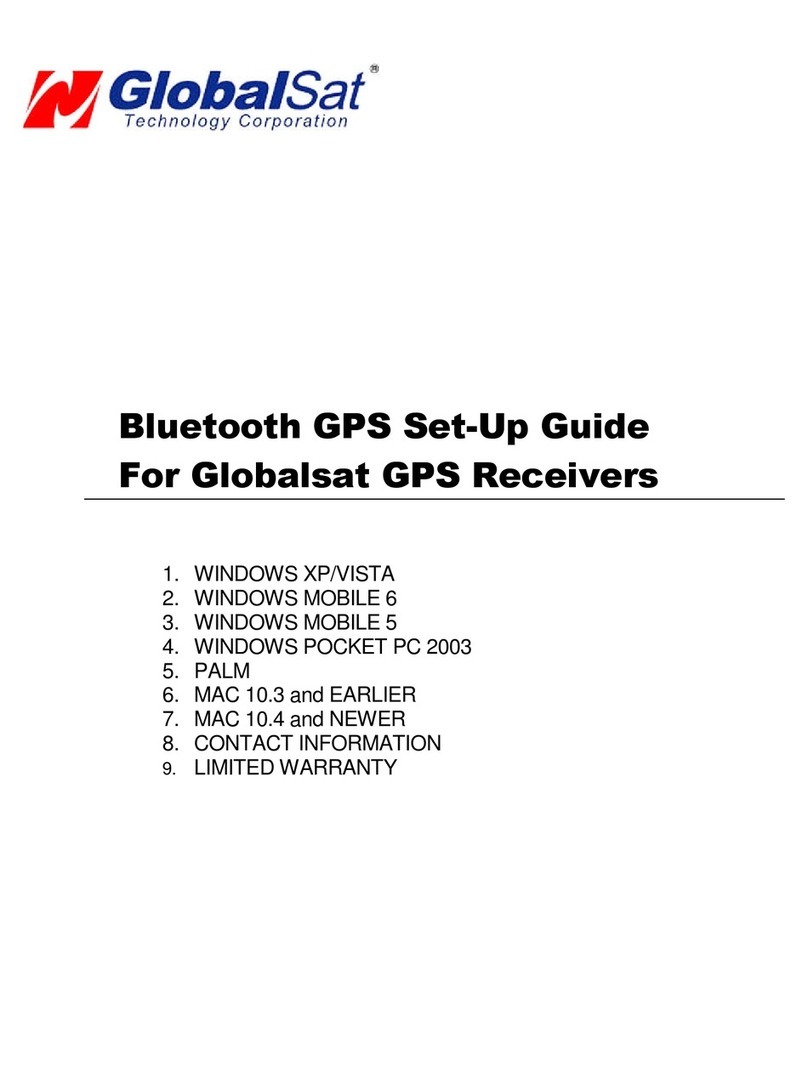
Global Sat
Global Sat BT-368i User manual
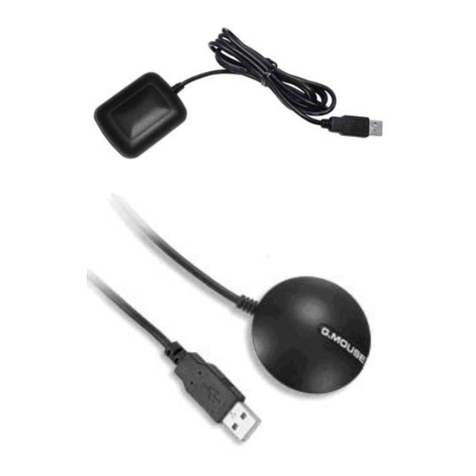
Global Sat
Global Sat BU-333N User manual
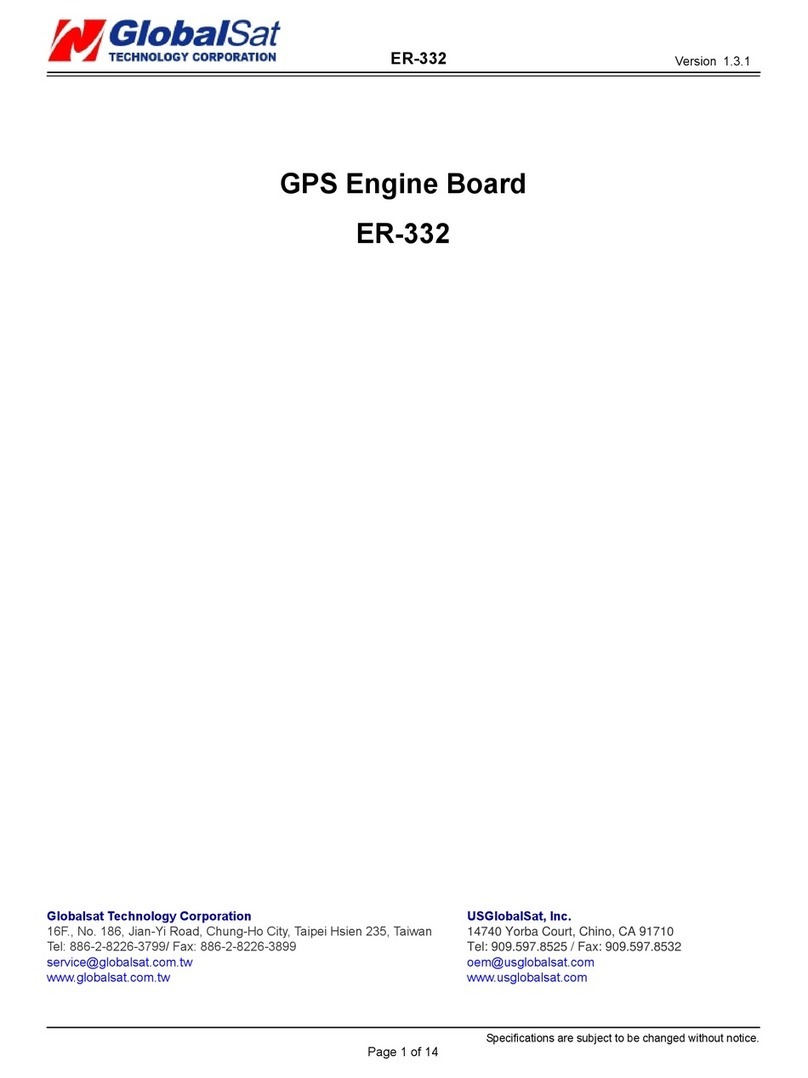
Global Sat
Global Sat ER-332 User manual

Global Sat
Global Sat BU-353S4 User manual
